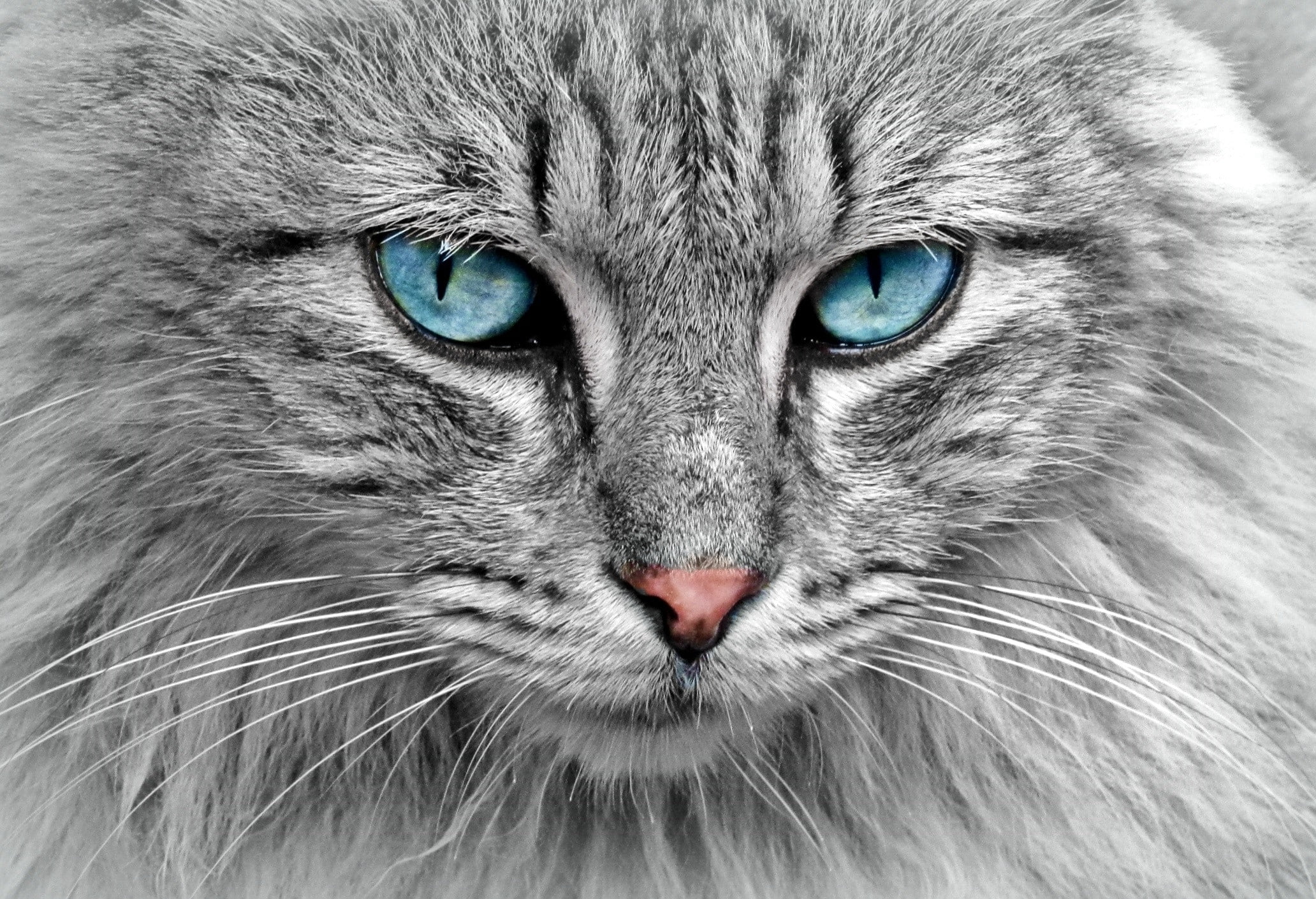Understanding Cat’s Eyes : An exploration of their anatomy and function

Cats are fascinating creatures, and their eyes are one of the many features that make them unique. From their large size relative to their head to their slit-shaped pupils and eerie eye shine, cats have evolved with eyes that serve specific purposes in their survival and behavior. In this article, we explore the science behind cats’ eyes, looking at their anatomy and function, and how their eyes contribute to their exceptional abilities.
The Importance of Large Eyes in Cats
One of the first things people notice about cats is the size of their eyes. Their eyes are relatively large compared to their head, which allows them to take in more information and increases their visual acuity. This feature serves an important purpose in their lives as predators. With large eyes, they can easily spot prey, track it, and assess the distance between them and their target. Large eyes also enable cats to coordinate their movements with precision, which is essential when they are stalking or chasing prey.
How Slit-Shaped Pupils Help Cats See in Low Light
Another unique feature of cats’ eyes is their elliptical, or slit-shaped pupils. Their pupils are more like a vertical slit rather than a circular opening like humans’. This shape helps them control the amount of light that enters their eyes, making it easier for them to see in low light conditions. Cats are active at dawn and dusk, times when light levels are low. By narrowing their pupils to a slit, they can increase the depth of field and keep the image in focus while their eyes adjust to the dark.
The Reflective Layer: The Tapetum Lucidum
Have you ever seen a cat’s eyes glowing in the dark? This eerie effect is due to another unique feature of their eyes, the tapetum lucidum. This reflective layer located at the back of the cat’s eye helps them see better in dim light conditions. When light enters their eyes, some of it passes through the retina to the tapetum lucidum, which reflects it back through the retina, amplifying the amount of light that the retina receives and giving the cat better night vision.
The Importance of Eye Contact and Expression in Cat Communication
Cats are known for their expressive eyes, and they use their eyes to communicate a range of emotions and moods. From slow blinks to staring, cats use their eyes to make contact with humans and other animals. They stare to intimidate or show aggression, whereas slow blinking is a sign of trust and contentment. By understanding how cats communicate through their eyes, you can develop a deeper bond with your feline friends.
In conclusion, cats have evolved with eyes that serve specific purposes in their survival and behavior. Their large size, slit-shaped pupils, and reflective layer all contribute to their hunting abilities and night vision. Understanding cats’ eyes and how they use them to communicate can help us deepen our connection and better understand these fascinating creatures.
 bio pet active
bio pet active 511
511 Afp
Afp